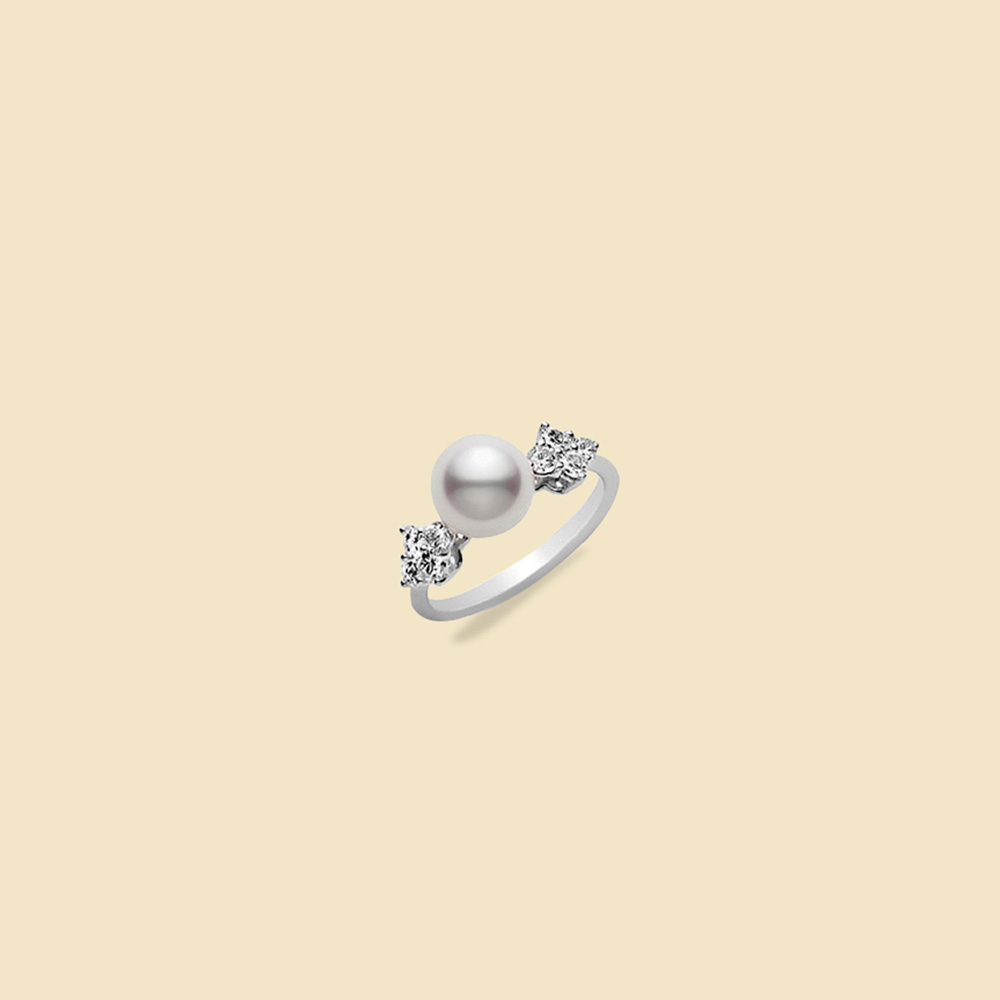Finding and seeking jewelry that contains pearls is not a difficult task, but recognizing the type of pearl, is indeed more complicated than you think.
The history of pearls goes back to prehistoric times, when they were elaborated exclusively for royalty.
Due to their success, pearl banks began experiencing shortage, which provoked the insurgence of new methods; such is the case of the pearl culturing process to obtain them.
But, do you really know what are the differences that distinguish one from the other?
A genuine pearl is born from the pain that a parasite generates on the inside of a marine oyster. As time goes by, it has to heal that irritation and it does so through a scar, that then transforms into a beautiful and delicate pearl.
In the case of culturing, oysters go through a surgical process where a small shell bead along with a tiny piece of mantle tissue is implanted, this works as a sac where the formation process takes place.
Through this method, pearls can be more regularly acquired, since there is production control.

Credits: Mikimoto.com
Round pearls are considered the rarest, and their production around the world happens at different locations, the most important ones are the following.
Mikimoto is well known for seeking perfection in each and every one of its jewelry items, which are inspired in the soft style of feminine essence. This is achieved when expressing women’s luxury, beauty and grace through its refined and delicate handcrafted pieces; it is through them that the true value of Mikimoto has been preserved since 1983.
Mikimoto is available at Ultrajewels, offering its exclusive and prestigious jewelry designs for women.
